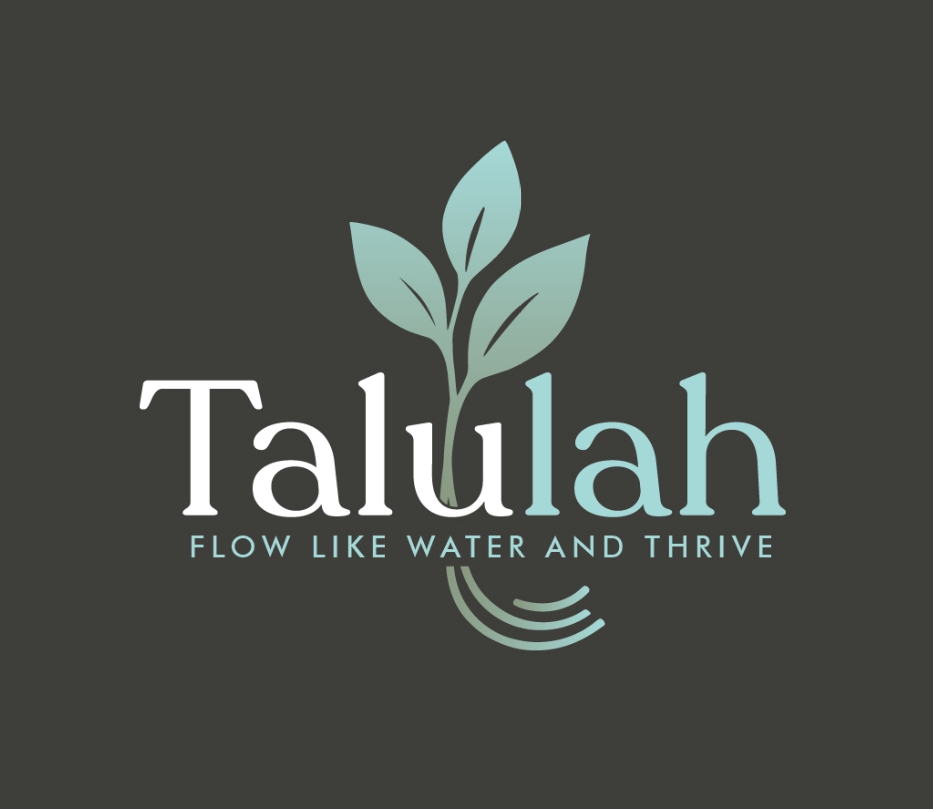Unveiling the Hidden Marvels of Ecosystem Harmony: Embracing the Unknown with Innovative Passive Design
- Isis

- Mar 22
- 4 min read
Updated: Mar 23

In a world where environmental issues often clash with urban growth, prioritizing the well-being of our ecosystems is more important than ever. Imagine a sustainable future where nature flourishes and humans contribute positively to its cycle. This vision is not just a dream; it is something we can achieve today. By adopting innovative, eco-friendly materials and using passive design principles, we can create spaces that not only coexist with the environment but also enhance its vitality.

Understanding Ecosystem Harmony
Ecosystem harmony is about the balanced interdependence of living organisms—plants, animals, and microorganisms—and their physical surroundings. This balanced ecosystem recycles resources and ensures all elements thrive together. For instance, bees pollinate flowers, which leads to fruit production; this cycle supports both human and natural ecosystems. Yet there is so much to explore when deep diving into our conscious nature.
When we understand our role in these networks, we can transition from trying to dominate nature to learning how to cooperate with it. This shift is crucial for sustainable living and enables us to design spaces that respect natural processes, becoming mindful stewards of our environment.
The Importance of Passive Design

Passive design is a clever building approach that maximizes natural energy while minimizing environmental impact. This strategy emphasizes using natural features for heating, cooling, and lighting instead of relying on mechanical systems. it can include elements like proper window placement for sunlight, thermal mass for temperature control, and natural ventilation.
For example, homes designed with large south-facing windows can capture sunlight in winter, potentially reducing heating needs by up to 30%. Passive design not only promotes sustainability but also enhances comfort and reduces energy bills, which is crucial for efficient living.
Innovative Eco-Friendly Materials

As environmental challenges increase, the urgency for eco-friendly materials becomes clear. Conventional construction materials often lead to pollution and depletion of resources. Fortunately, innovative alternatives like bamboo, reclaimed wood, hemp, strawbale, rammed earth and recycled insulation are now available.
Bamboo, for instance, is a remarkable material that grows up to 30 inches in a day and can be harvested in 3 to 5 years, making it far more sustainable than hardwood trees that take decades to mature. Similarly, using reclaimed wood can reduce waste and lower emissions related to new material production. These eco-friendly materials support both durability and a lower environmental impact, allowing us to build responsibly.
The Role of Nature in Building Design
Nature offers invaluable lessons for effective design. By understanding how natural ecosystems operate, we can incorporate thoughtful practices into our buildings. Biomimicry—design inspired by nature—can guide us in this process.
For example, the design of beehives inspires energy-efficient building structures due to their optimal use of space and natural temperature regulation. Similarly, the humpback whale's fin structure has led to advancements in wind turbine design, demonstrating how nature can be a blueprint for innovation. By integrating these ideas into our designs, we can create environments where sustainability and creativity thrive.
Creating Spaces that Foster Connection

Designing homes that connect us with our surroundings is vital for fostering appreciation for nature. When we feel part of the landscape, we become more mindful about our ecological impact.
Incorporating elements like green roofs, living walls, and outdoor gardens not only beautifies spaces but also enhances local biodiversity and air quality. Homes featuring these designs can improve neighborhood aesthetics and provide habitats for species, which strengthens our connection to the natural world.
Educational Aspects of Sustainable Living

To truly pursue ecosystem harmony, educating ourselves and others about sustainability is crucial. Sharing knowledge about eco-friendly practices can ignite a movement toward a greener future.
Community engagement plays a significant role in this education. Hosting workshops, guided sustainable home tours, and hands-on projects can spread awareness and build skills in passive design principles. When communities collaborate, they empower individuals to take concrete actions, fostering a cultural shift towards more environmentally friendly habits.
Challenges and Future Directions
While the advantages of passive design and eco-friendly materials are significant, challenges remain. Economic factors, awareness levels, and regulatory issues can slow progress. To overcome these hurdles, advocates must push for policy changes and financial incentives that support sustainable practices.
As technology advances, opportunities for even better designs are emerging. Innovations in renewable energy, smart home technology, and sustainable urban planning promise to create new pathways toward environmentally conscious living.
A Call to Action
The journey toward ecosystem harmony is both personal and collective. By embracing passive design principles and choosing eco-friendly materials, we can make a significant difference in our environmental footprint while crafting comfortable living spaces. This holistic approach encourages balance within our ecosystems and empowers us as individuals to help nurture the environment.
As we explore innovative design possibilities, we uncover not just the marvels of nature's balance but also pave the way for a brighter future. The time to act is now. With conscious efforts, we can ensure that both humanity and nature flourish together.
Happy co-creating natures way💚






Comments